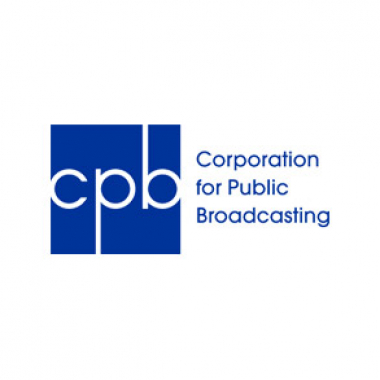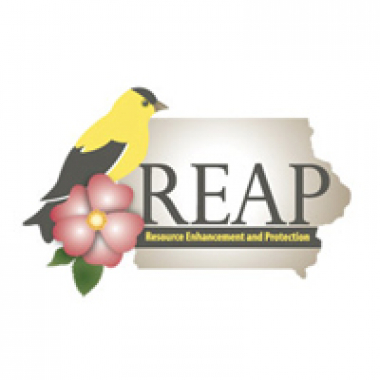Bee Collecting and Moving Pollen From a Flower
Visible is a Western Honey Bee (Apis mellifera) landing on a bright flower (dandelion), bending forward to reach inside, and picking up yellow pollen on pollen baskets, specialized area on the bee’s legs, and fuzzy body. As the bee moves, the pollen is gathered, demonstrating how bees help plants reproduce by spreading pollen as they forage.
Milford
Iowa Core Standard
2-LS2-2
Develop a simple model that mimics the function of an animal in dispersing seeds or pollinating plants
Driving Question
- How do bees help plants by moving pollen from flower to flower?
Probing Questions
- What parts of the bee are touching the flower?
- How does the bee collect pollen?
- Where does the pollen go on the bee’s body?
Classroom Suggestions
Students could:
- View the video at the beginning of a science lesson and gather information in a graphic organizer, such as a notice and wonder chart.
- Practice observational skills by drawing a model of what they see in the video including labels they observe such as flower parts touched, pollen and its movement, and/or the bee body parts (like legs, antennae, or pollen pockets).
- Expand their creativity by writing a short story, a comic strip, or drawing a picture sequence that shows the bee moving pollen between flowers, using the video as inspiration.
Resources
- The Great Sunflower Project: This nationwide project encourages people to watch and record bees as they visit flowers. In the classroom, it’s a fun way for students to practice examining nature closely, noticing details, and applying their counting skills. It also helps students better understand pollinator habitats and learn how a bee uses its body parts—like its legs, fuzzy body, and pollen pockets—to gather and carry pollen.
- Iowa State University Extension | Spring Pollinators Lesson: This lesson series is designed specifically for 2nd grade and explores the role of native bees in pollination. With engaging activities like Bristle Bot building, pollination simulations, and bee identification games, it supports NGSS science standards and encourages hands-on learning. Teachers can use the full guide to deliver the lessons independently or invite an Extension educator to enrich the experience with live materials and local expertise.
- Iowa Honey Producers Association | Iowa Bee Keepers Club: This website makes it easy for teachers to find local beekeeping clubs across Iowa. Each listing includes contact info and meeting details so educators can connect with beekeepers for classroom visits, guest speakers, or even field trips. It’s a great way to bring real-life pollinator knowledge into your lessons.
- PBS LearningMedia | Wild Kratts Pollinators: These video clips follow a bumblebee as it drinks nectar and transfers pollen between flowers, demonstrating the process of pollination in a clear and visual way. It’s perfect for early elementary students, with opportunities to pause and discuss how bees help plants reproduce. It includes helpful classroom suggestions to guide observation and spark student questions.
Contributors
Submitted by Pennie Klepper as part of the Iowa STEM Teacher Externship program.
Music in video - Carefree Melody by Twin Musicom is licensed under a Creative Commons Attribution 4.0 license.
Funding for Iowa Science Phenomena Provided By








